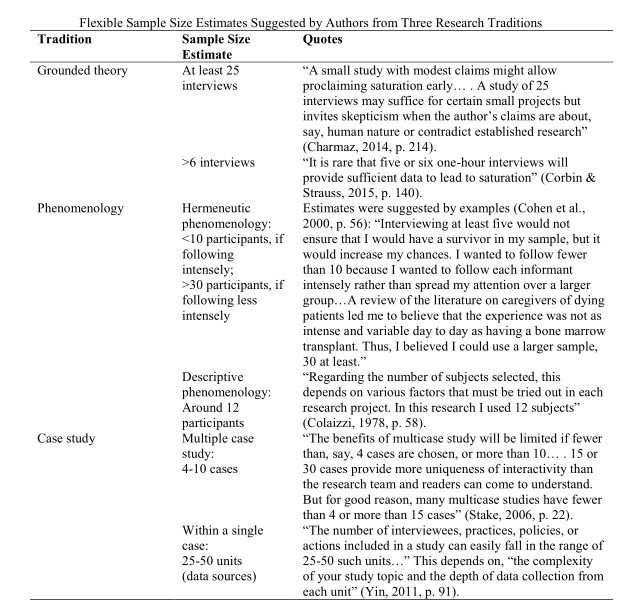Perbedaan antara Kerangka Konseptual dengan Kerangka Teoritis
Muhammad Khalilur Rahman : Are there any demarcation among Research Framework, Conceptual Framework, Theoretical Framework, Structural Model or Measurement Model?
Answers:
There is ambiguity in both terms (Conceptual Framework and Theoretical Framework), the definition depends on the authors (Reinaldo Requeiro). However, according to Han Ping Fung, conceptual framework is the framework that you are developing after rigorous literature review & wanted to test the hypotheses associated with the framework. Sometimes, conceptual framework also called research model or research framework by different researchers / scholars or after some refinements / fine-tuning.
Theoretical framework refers to previous theories, frameworks, models that you were reviewing during literature review. Normally, a researcher will develop his or her conceptual framework underpinned on some theoretical frameworks that s/he has reviewed. Usually, without theoretical frameworks to support your conceptual framework, you might expose to questioning during article review / thesis viva examination. Theoretical frameworks are important as they serve as life-saver / base / float in which without them a conceptual framework might sink miserably.
Structural model and measurement model usually being coined when a researcher is performing a Structural Equation Modelling (SEM) be it Covariance-based SEM or Variance-based SEM. Measurement model (sometimes also called outer model) depicts the relationship between all the constructs & their respective indicators (survey questionnaire items) specified by the researcher to test for construct validity (Hair et al., 2010). Those indicators in the measurement model are used to indicate or measure their respective constructs. Measurement model is drawn using multivariate statistical tools like SPSS AMOS, SmartPLS etc based on the conceptual framework / research model developed by the researcher.
Structural model (sometimes also called inner model) illustrates how the dependency relationships are connecting all the constructs within a hypothesized model. Structural model is specified from a validated measurement model (Hair et al., 2010) also using tools like AMOS, SmartPLS etc.
The flow of sequence based on time basis should be:
Theoretical Framework –> Conceptual Framework / Research Framework –> Measurement Model –> Structural Model
In contrast, David L Morgan stated: “I think you have different sets of things here. First, Research Framework, Conceptual Framework, Theoretical Framework are all basically the same. Then, Structural Model and Measurement Model apply to two different aspects of Structural Equation Modeling (SEM), as explained by Fung.”
However, Fung’s opinion is supported by Samuel Abogunloko by saying that Han Ping Fung’s response is quite dependable enough. Theoretical framework is a projection/use of an existing theory to foreground or underpinned a research work. Whereas, a conceptual framework is a model that is developed by a researcher after rigorous literature review of existing theories or studies. So the difference lies in the fact that conceptual framework is “newly” developed by a concerned researcher, but theoretical framework involved the use of an existing theory by other scholar (s).
To put it simply, conceptual framework is the one to be developed by the new researcher and theoretical framework is something which already been developed by other researchers (Muhammad Madi Bin Abdullah).
Example 1




Example 2




TF & CF
- A conceptual framework is the researcher’s idea on how the research problem will have to be explored.
- This is founded on the theoretical framework, which lies on a much broader scale of resolution.
- The theoretical framework dwells on time tested theories that embody the findings of numerous investigations on how phenomena occur.
- As you start reading the literature, you will soon discover that the problem you wish to investigate has its roots in a number of theories that have been developed from different perspectives.
- The theoretical framework provides a general representation of relationships between things in a given phenomenon.
- The conceptual framework, on the other hand, embodies the specific direction by which the research will have to be undertaken.














